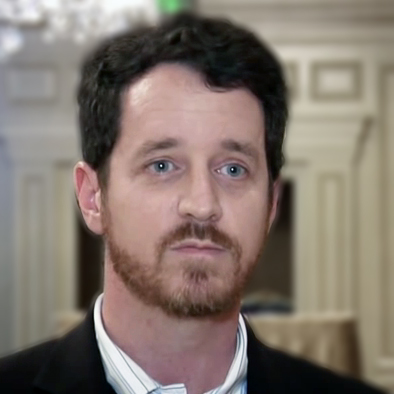LEVEL -1 FORUM
CONFERENCE DAY 2 TRACK 1 | THURSDAY 10 MARCH 2016
 SEGMENT ROUTING SESSION
SEGMENT ROUTING SESSION
 MULTICAST Session
MULTICAST Session
 ANALYTICS Session
ANALYTICS Session
 IPv6 SESSION
IPv6 SESSION
Round Table
CONFERENCE DAY 2 TRACK 1 | THURSDAY 10 MARCH 2016
| 08.00 | WELCOME, REGISTRATION AND COFFEE | |
 MORNING CHAIRPERSON Bruno Decraene Chair SPRING IETF WG Orange |
||
| 08.30 | Chairman’s Introduction |
| 08.45 | Segment Routing: Deployment Experience and Technology Update | |
 By March 2016, SR will be deployed on several networks across SP and large enterprise. Reviewing these use-cases, their business objectives and providing their deployment experiences. Reviewing other use-cases that will be scheduled for deployment in 2016. The considered use-cases will span DC, aggregation and core and involve fully-distributed or centralized designs. By March 2016, SR will be deployed on several networks across SP and large enterprise. Reviewing these use-cases, their business objectives and providing their deployment experiences. Reviewing other use-cases that will be scheduled for deployment in 2016. The considered use-cases will span DC, aggregation and core and involve fully-distributed or centralized designs. Clarence Filsfils, Cisco Fellow |
||
| 09.15 | Avoiding Micro-loops in MPLS Networks using Segment-routing | |
 Micro-loop mitigation and avoidance techniques have been investigated for years without providing any completely efficient and deployable solution. Segment routing technology brings some new possibilities in the MPLS network, providing a natural way to avoid micro-loops. Micro-loop mitigation and avoidance techniques have been investigated for years without providing any completely efficient and deployable solution. Segment routing technology brings some new possibilities in the MPLS network, providing a natural way to avoid micro-loops.Stephane Litkowski, Network Architect, Orange |
||
| 09.45 | Constructing Arbitrarily Long TE Paths in SPRING | |
 SPRING uses label stacking construct in MPLS to represent traffic engineered (TE) paths. While this method removes per-path state from the core, it requires the ingress node to impose as many labels as the number of links in the path. Presenting a method to overcome the problem by creating shorter segments of the path, and stitching them. SPRING uses label stacking construct in MPLS to represent traffic engineered (TE) paths. While this method removes per-path state from the core, it requires the ingress node to impose as many labels as the number of links in the path. Presenting a method to overcome the problem by creating shorter segments of the path, and stitching them. Aman Kapoor, Software Engineer, Juniper Networks |
||
| 10.15 | COFFEE BREAK | |
| 10.45 | Segment Routing at Comcast | |
| Showing how and why SR is a fundamental technology for modern IP network. Describing SRv6, SR with pure IPv6 dataplane. John Leddy, Innovation Leader, Comcast |
||
| 11.15 | Tunnel Segment in Segment Routing | |
 Introducing a new type of segment, Tunnel Segment, for the segment routing (SR). Tunnel segment can be used to reduce SID stack depth of SR path, span the non-SR domain or provide differentiated services. Forwarding mechanisms and requirements of control plane and data models for tunnel segments are also defined. Introducing a new type of segment, Tunnel Segment, for the segment routing (SR). Tunnel segment can be used to reduce SID stack depth of SR path, span the non-SR domain or provide differentiated services. Forwarding mechanisms and requirements of control plane and data models for tunnel segments are also defined. Chen Xia, Senior Engineer of IP Network Design, Huawei |
||
| 11.45 | Service Innovation with Flexible, Automated, Scalable Traffic-engineered (FAST) Networks | |
| Focusing on how a highly scalable RSVP traffic engineered network can simplify service provisioning. Demonstrating how some of the best traffic engineering practices dynamically adapt to traffic demands/guarantees, without compromising on resiliency and simplicity of services or the network. Aman Kapoor, Software Engineer, Juniper Networks |
||
| 12.30 | LUNCH | |
 CHAIRMAN CHAIRMAN Andrew G. Malis, Distinguished Engineer, Huawei Services Area Director, Open Networking Forum |
||
| 14.00 | Introduction: MPLS Architecture Evolution | |
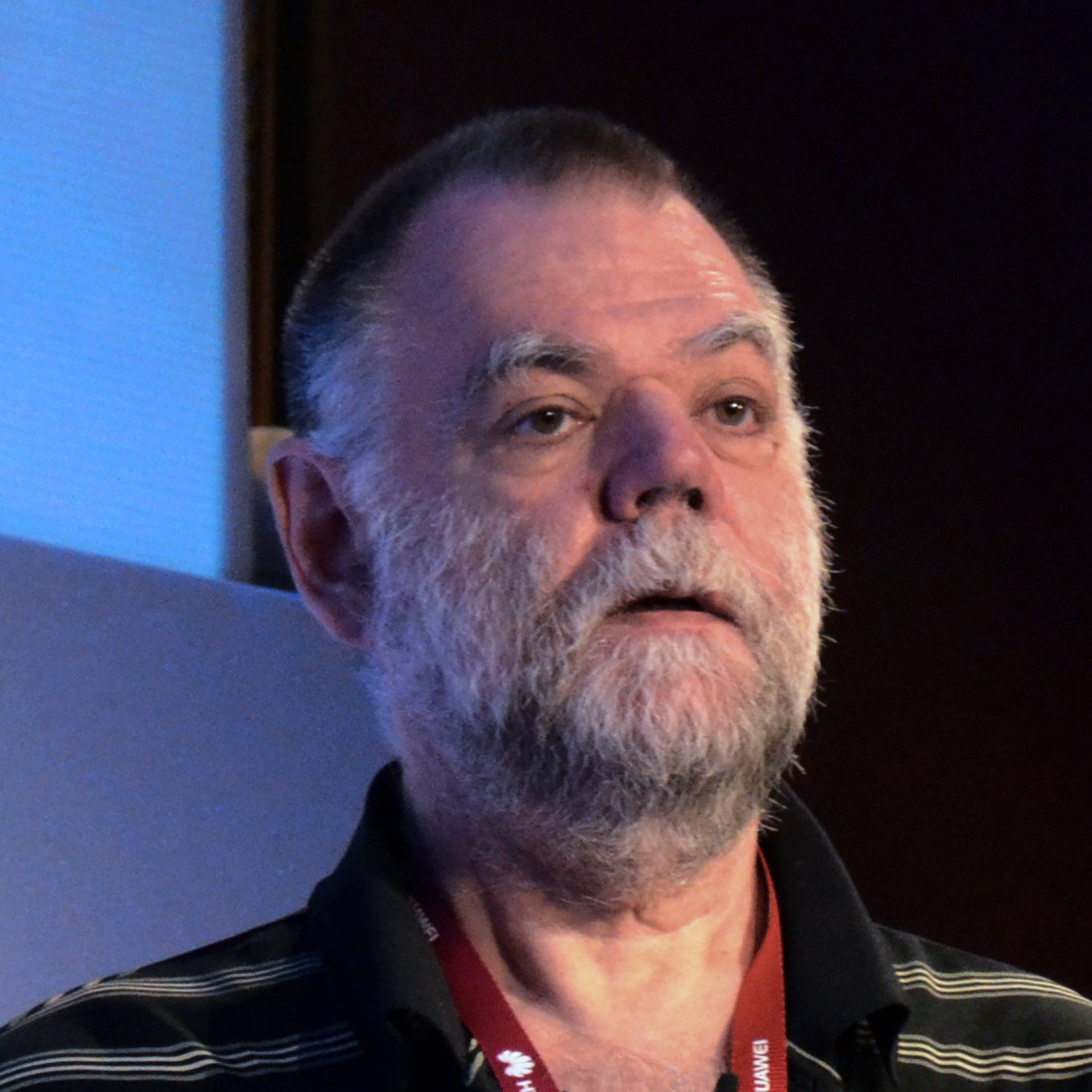 Loa Anderson chair IETF MPLS WG |
| 14.20 | Multicast for Segment Routing | |
 Discussing how the single IGP paradigm as the only necessary and sufficient east-west control protocol can be extended into the multicast arena complementing Segment Routing’s unicast capabilities. The approach is based on the model of 802.1aq shortest path bridging, which similarly used an IGP as the single control protocol for unicast and multicast. Focusing on how 802.1aq techniques and algorithms can be adapted to the segment routing application. Discussing how the single IGP paradigm as the only necessary and sufficient east-west control protocol can be extended into the multicast arena complementing Segment Routing’s unicast capabilities. The approach is based on the model of 802.1aq shortest path bridging, which similarly used an IGP as the single control protocol for unicast and multicast. Focusing on how 802.1aq techniques and algorithms can be adapted to the segment routing application. David Allan, Distinguished Engineer, Ericsson |
||
| 14.40 | Stateless Multicast with Bit Index Explicit Replication (BIER) | |
IJsbrand Wijnands, Principal Engineer, Cisco |
| 15.00 | Policy-Aware Management and Orchestration (MANO) for Multi-Service SDNs | |
 Discussing critical elements for SDN MANO in multi-service networks: (i) New protocol and open source developments, such as the IETF’s NETCONF/YANG, I2RS policy associations, and PCEP, and how together they facilitate end-to-end service activation, (ii) topology models, real-time and historical performance data and traffic-matrices for each service class, and (iii) analytics algorithms for each service class that identify appropriate network resources to satisfy requests with maximum overall network efficiency. Discussing critical elements for SDN MANO in multi-service networks: (i) New protocol and open source developments, such as the IETF’s NETCONF/YANG, I2RS policy associations, and PCEP, and how together they facilitate end-to-end service activation, (ii) topology models, real-time and historical performance data and traffic-matrices for each service class, and (iii) analytics algorithms for each service class that identify appropriate network resources to satisfy requests with maximum overall network efficiency. Cengiz Alaettinoglu, CTO, Packet Design |
||
| 15.20 | Data Driven Ops at Scale: Sensors, Telemetry and Analytics in Large Data Center Networks | |
 Introducing the unique needs of network telemetry and analytics in large data center fabrics. Focusing on various operational and manageability requirements within large scale and complex networks. Outlining the need for an intent based declarative approach to modeling greenfield or brownfield Datacenter Fabric topologies given a set of capacity, topological and traffic constraints. Focusing on the operational experiences gained in deploying these systems at scale and how SDN is playing a key role in this area. Introducing the unique needs of network telemetry and analytics in large data center fabrics. Focusing on various operational and manageability requirements within large scale and complex networks. Outlining the need for an intent based declarative approach to modeling greenfield or brownfield Datacenter Fabric topologies given a set of capacity, topological and traffic constraints. Focusing on the operational experiences gained in deploying these systems at scale and how SDN is playing a key role in this area. Sam K. Aldrin, Network Architect, Google |
||
| 15.40 | Network Analytics as a Key Enabler of Innovation of Carrier Networks beyond SDN/NFV Evolution | |
 Proposing a concept called "NetroSphere" for on-demand response to service providers and further cost reduction, which will not be made possible with today's carrier network situations: Silo-like development style, Less opportunity for new vendors (Initiative of functional enhancement is taken by vendors), Inefficient resource usage, EoL of components causes EOL of whole network system. Proposing a concept called "NetroSphere" for on-demand response to service providers and further cost reduction, which will not be made possible with today's carrier network situations: Silo-like development style, Less opportunity for new vendors (Initiative of functional enhancement is taken by vendors), Inefficient resource usage, EoL of components causes EOL of whole network system. Kohei Shiomoto, Senior Manager, Network Technology Laboratories, NTT |
||
| 16.00 | COFFEE BREAK |
 SESSION CHAIRMAN Eric Vyncke Cisco |
||
| 16.30 | Opening Talk | |
 Mark Townsley Cisco FELLOW |
||
| 16.50 | Deploying IPv6/http2 using CDN | |
 Martin Levy CloudfLare |
||
| 17.10 | Experience with IPv6 only Networking | |
| The move to IPv6 is being driven by well-known factors, but it is more urgently required than ever. MSIT has been running IPv6-only testing and the results of this are dicussed. The thinking behind wider deployment of IPv6-only is also covered. Marcus Keane, Microsoft |
||
| 17.30 | Pushing IPv6 to the Residential Broadband Customer | |
| Covering the changes of a legacy network to better support future architecture evolutions, the status of the ongoing IPv6 deployments on FTTH and VDSL customer base as well as the associated challenges. Sarah Nataf, Orange |
| 17.50 | Next Steps for IPv6 | |||||||||||||||||||
|
| 18.50 | END OF CONFERENCE DAY TWO TRACK 1 MPLS SDN | |
Diamond Sponsors
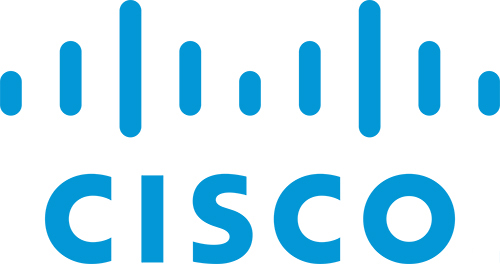
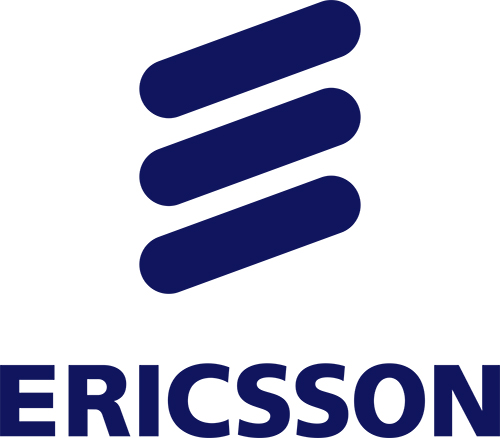


Platinum Sponsor

Gold Sponsors

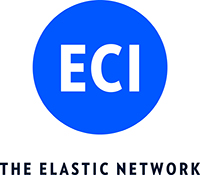


Silver Sponsors

The Official Networking & Conference App
Full Agenda in PDF
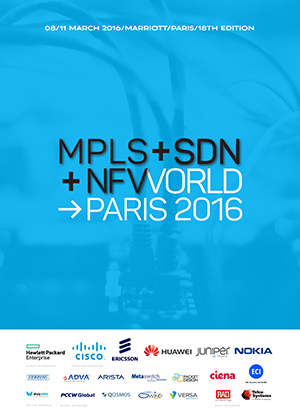
Official Networking & Conference App
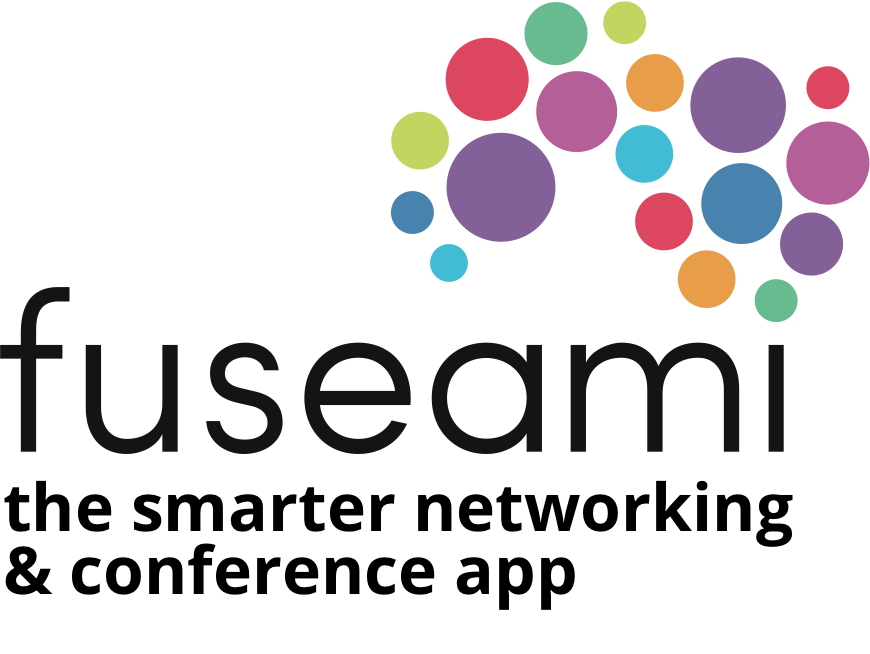



media partners









